
0253170_7F83B_mur_m_i_dr_informacionnye_i_kommunikacionnye_tehnologii_v_di-1
.pdf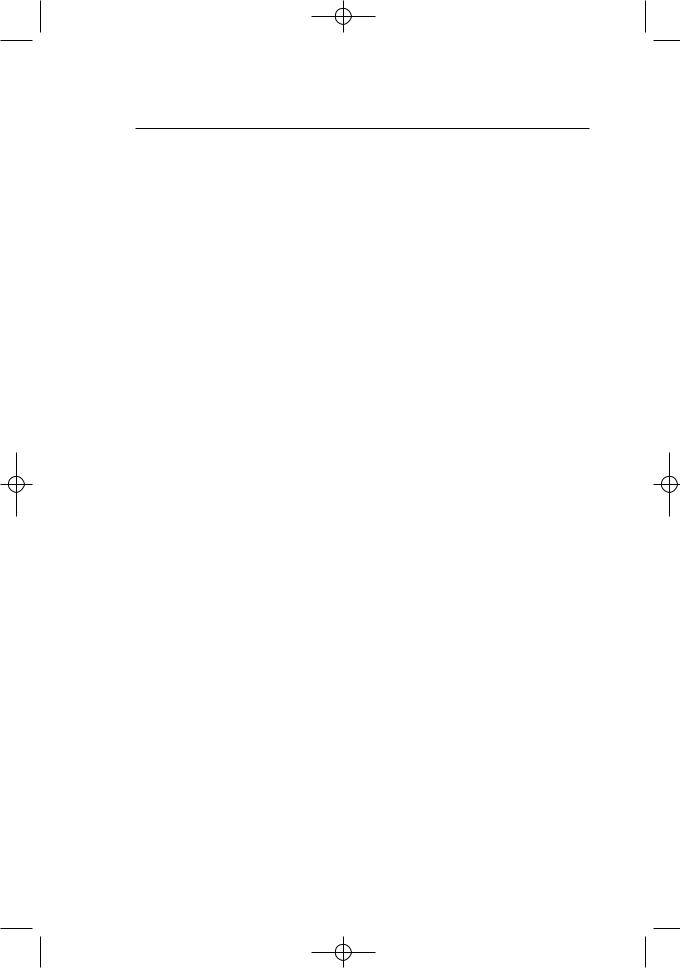
pril_A_B.qxd 11.10.06 12:19 Page 167
ПРИЛОЖЕНИЕ Б. Библиография, журналы и ресурсы WWW
Список литературы
A Distance Education Quality Standards Framework for South Africa. Available on-line: http://education.pwv.gov.za/teli2/policydocuments/distance5.htm# chapter.
Bailey D., Kirkup G. & Taylor L. (1996). Equal Opportunities in Open and Distance Learning. In: R. Mills & A. Tait. Supporting the learner in Open and Distance Learning. (p. 129-145). Great Britain: Pearson Professional Limited.
Barker B.O., Frisbie A.G. & Patrick K.R. (1995). Broadening the Definition of Distance Education in Light of New Technologies. In: Moore M.G. & Koble M.A. (Eds.), Video-Based Telecommunications in Distance Education (pp. 1-10). The American Center for the Study of Distance Education Reading, No. 4. USA, The Pennsylvania State University.
Barker et al., (1989). Interactive Distance Learning Technologies for Rural and Small Schools: A Resource Guide. ERIC Mini-Review. New Mexico State University, ERIC Clearinghouse for Rural Education and Small Schools. Las Cruces, New Mexico.
Bates, A. (1995). Technology, Open Learning and Distance Education. Routledge.
Bates, A. (2000). Teaching, Learning and the Impact of Multimedia Technologies. Educause Review. September – October.
Beaudoin, M.F. (1990). The Instructor’s Changing Role in Distance Education. The American Journal of Distance Education, 4 (2), p. 21-29.
Bergquist, W.H. & Phillips, S.R. (1975). Researching the Research: A Critique of Distance Education Literature. In: Distance Education Symposium: Selected Papers, p. 1-8. University Park, PA: The American Center for Distance Education. Pennsylvania State University.
Black M. (2000). Are We All Managers Now? Open Learning, 15 (1), p. 81-88.
Blurton, C. (1999). New directions of ICT-Use in education. In World Communication and Information Report 1999-2000. Online at: http://www.unesco.org/education/educprog/lwf/dl/edict.pdf.
167
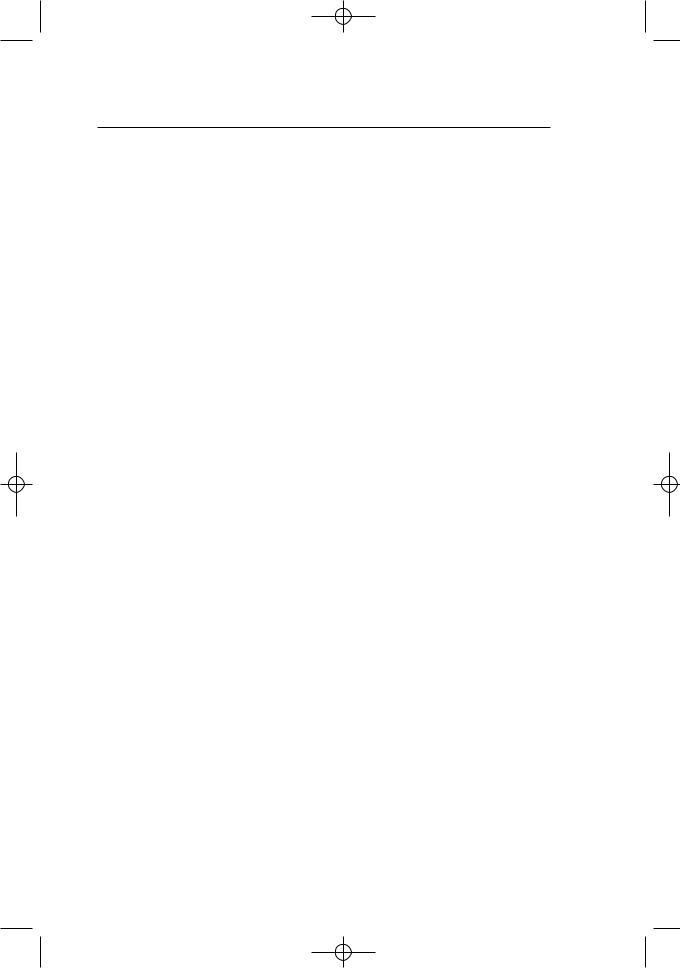
pril_A_B.qxd 11.10.06 12:19 Page 168
Приложение Б. Библиография, журналы и ресурсы WWW
Boaz, M. (1999). Effective Methods of Communication and Student Collaboration. In: Teaching at a Distance: A Handbook for Instructors. League for Innovations in the Community College, Archipelago Productions, CA.
Bond, J. (1997). The Drivers of the Information Revolution – Cost, Computing Power and Convergence. Public Policy for the Private Sector. July. The World Bank Group.
Braga, C.A.P. (1998). Inclusion or Exclusion. Will the Networked Economy
Widen or Narrow the Gap Between Developing and Industrialized Countries? UNESCO Courier. December. Online at: http://www.unesco.org/courier/1998_12/uk/dossier/txt21.htm.
Carr-Chellman A. & Duchastel P. (2000). The Ideal Online Course. The British Journal of Educational Technology, 31 (3), p. 229-241.
Cawthera, A. (2002). Computers in Secondary Schools in Developing Countries: Costs and Other Issues (Including data from South Africa and Zimbabwe). Online at: http://open.ekduniya.net/15/
Chambers, E. (1994). Assessing Learner Workload. In: Lockwood, F. (ed.) Materials Production in Open and Distance Learning. London: Paul Chapman.
Chung, F. (1990). Strategies for Developing Distance Education. Keynote address in: Marian Croft, Ian Mugridge, John S. Daniel, and Allan Hershfield. (Eds.) Distance Education: Development and Access. Papers prepared for the Fifteenth World Conference.
Clinton, B. (2000). From Digital Divide to Digital Opportunity: A Global Call to Action (presidential speech: July/22/2000). Online at: http://www.pub.whitehouse.gov/urires/122?urn:pdi://oma.eop.gov.us/2000/7/24 /18.text.1.
Cyrs, T.e. (1989). Designing a Teleclass Instructor’s Workshop Addressing the Differential Skills Needed for Quality Teleclass Teaching. In: Proceedings from the Fifth Annual Conference on Teaching at a Distance, p. 179-183. Madison, WI: University of Wisconsin, School of Education.
Daniel J.S. & Mackintosh W.G. (2003). Leading ODL Futures in the Eternal Triangle: The Mega-University Response to the Greatest Moral Challenge of Our Age. In: M.G. Moore & W. Anderson (Ed.), Handbook of DE. Mahwah, New
Jersey: Lawrence Erlbaum Associates.
168
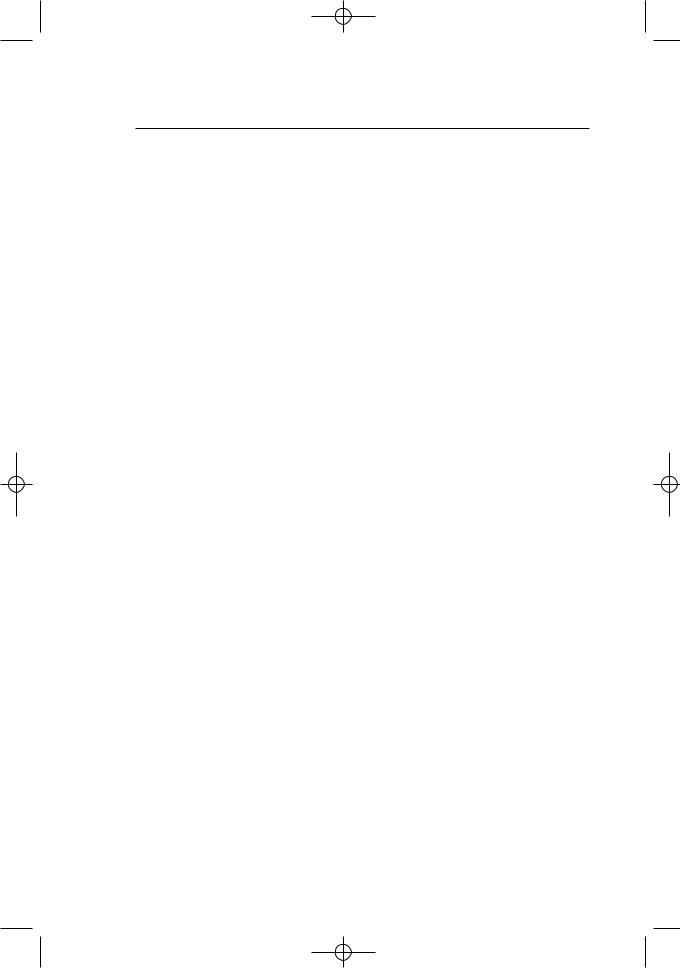
pril_A_B.qxd 11.10.06 12:19 Page 169
Приложение Б. Библиография, журналы и ресурсы WWW
Daniel, J.S. (1995). What Has the Open University Achieved in 25 years. In: D. Sewart. One World Many Voices: Quality in Open and Distance Learning, Vol. 1, ICDE and The Open University: Milton Keynes, p. 400-403.
Daniel, J.S. (1996). Mega-Universities and Knowledge Media. London. Kogan Page.
Daniel, J.S. (1996). Why Universities Need Technology Strategies. Change, 29 (40), p. 11-17.
Daniel, J.S. (1999a). Reprint with revisions. Mega-Universities and Knowledge Media. Technology Strategies for Higher Education. London: Kogan Page.
Daniel, J.S. (1999b). Open Learning and/or Distance Education: Which One for What Purpose? In: Harry, K. (ed.) Higher Education Through Open And Distance Learning. World Review of Distance Education and Open Learning. London: Routledge and Commonwealth of Learning.
Daniel, J.S. (1996). Mega-Universities and the Knowledge Media. London: Kogan Page.
Darkwa, O & Mazibuko, F. (2000). Creating Virtual Learning Communities in Africa; Challenges and Prospects. First Monday, 5 (5). Online at: http://firstmonday.org/issues/issues5_5/darkwa/index.html.
Dede C. (1996). The Evolution of Distance Education: Emerging Technologies and Distributed Learning. The American Journal of Distance Education, 10 (2), p. 4-36.
Dhanarajan, G. (2000). Technologies. A Window for Transforming Higher Education. Techknowlogia. 2(1), p. 11-13. Online at: www.techknowlogia.org.
Dillon C.L. & Walsh S.M. (2002). Faculty: The Neglected Resource in Distance Education. In: L. Foster, B.L. Bower & L.W. Watson (Eds.), The ASHE Reader – Distance Education Teaching and Learning in Higher Education (p. 275-284). USA: Pearson Custom Publishing.
Dirr, P.J. (1999, December). Putting Principles into Practice Promoting Effective Support Services for Students in Distance Learning Programs a report on the Findings of a survey [online] at: www.wiche.ed/telecom/resourses /publications/index.htm (available from the Western Cooperative for Educational Telecommunications P.O. Box 9752, Boulder, CO 80301).
Dolence, M.G. & Norris, D. m. (1995). Transforming Higher Education: A Vision for Learning in the 21st Century. Society for College and University Planning.
169
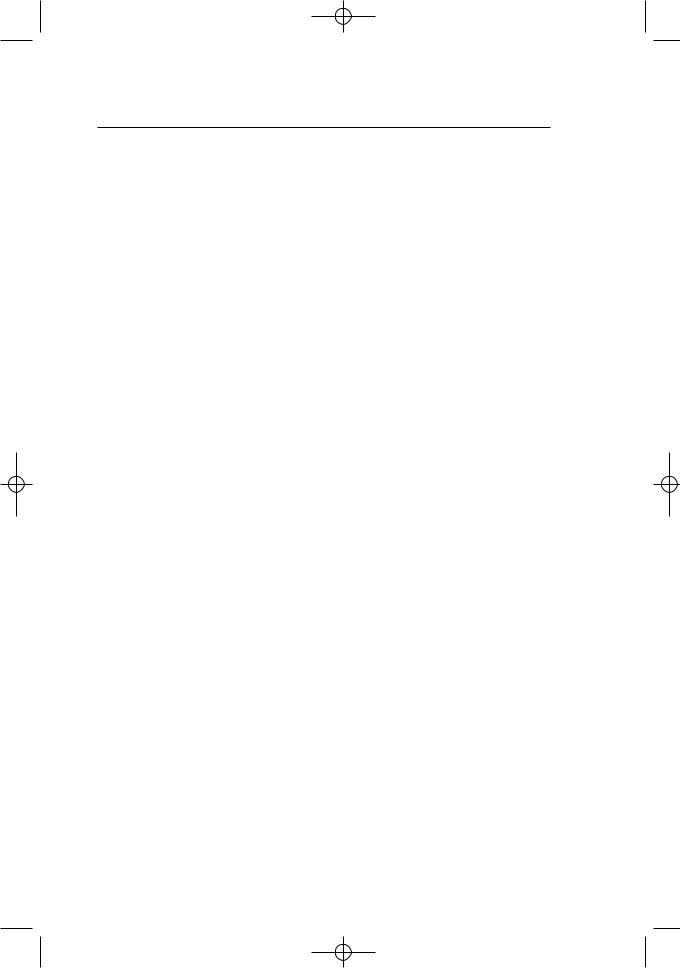
pril_A_B.qxd 11.10.06 12:19 Page 170
Приложение Б. Библиография, журналы и ресурсы WWW
Dyke, B.N. (2000). The International Poverty Gap: Investing in People and Technology to Sustainable Pathways Out. A report of the Aspen Institute of Conference October 26/1999.
Eastmond, J.N. & Utah, L. (2000). Realizing the Promises of Distance Education in Law Technology Countries. Journal of Educational Technology and Development, 2, pp. 99-112.
Edward, A.D.N. (1988). Use of Computers in Education of Open University
Students with Disabilities. Proceedings of the Fifth International Conference on Technology and Education, Vol. 1, Edinburgh.
Evans, T. & Nation, D. (2000). Changing University Teaching: Reflections on Creating Educational Technologies. London: Kogan Page.
Fontaine, M. (2000). Supporting Teachers with Technology: Don’t Do Today’s Jobs with Yesterday’s Tools. Technologia. 2(6), p. 14-16. Online at: www.technowlogia.org..
Garrison, D.R. & Shale, D. (1987). Mapping the Boundaries of Distance Education: Problems in Defining the Field. The American Journal of Distance Education, 1 (1), p. 7-13.
Garrison, D.R. (1989). Researching Dropout in Distance Education. In: Distance Education, 8 (1), p. 95-101.
Garrison, D.R. (1997). Computer Conferencing; the Post Industrial Age of Distance Education. Open Learning 12 (20), p. 3-11.
Gill, J. (1992). Access to Graphical User Interface by Blind People. London. RNIB. Hawkridge, D. & Vincent, T. (1992). Learning Difficulties and Computers:
Access to the Curriculum. London, Jessica Kingley.
Green, M.F. & Hayward, F.M. (1997). Forces for Change. In: Transforming Higher Education. Views from Leaders Around the World. edited by MF Green. Phoenix: The American Council on Higher Education and The Oryx Press.
Harasim, L. & Colbrs (1996). Learning Networks. The MIT Press.
Harasim, L. (1995). Learning Networks: a Field Guide to Teaching and Learning Online. Cambridge, MA: MIT Press.
Harry, K. (Ed.). (1999). Higher Education Through Open and Distance Learning. London: Routledge.
170

pril_A_B.qxd 11.10.06 12:19 Page 171
Приложение Б. Библиография, журналы и ресурсы WWW
Holmberg (1985). Communication in Distance Education Study. In: Status and Trends of Distance Education. Lund, Sweden. Lector Publishing.
Holmberg, B. (1995a). The Evolution of the Character and Practice of Distance Education. Open Learning. 10 (2), p. 47-53.
Hulsmann, T. (1999). The Costs of Distance Education. In: K. Harry (Ed). Higher Education Through Open and Distance Learning: World Review of Distance Education and Open Learning. London. Routledge and Commonwealth of Learning.
Inglis, A., Ling, P. & Joosten, V. (1999). Delivering Digitally. Managing the Transition to the Knowledge Media. Kogan Page.
International Council for Distance Education. Caracas, Venesuela. November, p. 4-10, 61-66.
Jarmon C. (1999). Fundamentals of Designing a Distance Learning Course: Strategies for Developing an Effective Distance Learning Experience. In: M. Boaz, B. Elliott, D. Foshee, D. Howdy, C. Jarman & D. Olcott (Eds.), Teaching at a Distance: A Handbook for Instructors (p. 1-14).
Jonassen, D. (Ed.). (1996). Handbook of Research for Educational Communications and Technology. New York. Simon and Shuster Macmillan.
Keegan, D. J. (1996). Foundations of Distance Education (3rd ed.) London: Routledge.
Keegan, D. J. (Ed.). (1993). Theoretical Principles of Distance Education. London: Routledge.
Keegan, D.J. (1980). On Defining Distance Education. Distance Education, 1(1), p. 13-26.
Keegan, D.J. (1986). The Foundations of Distance Education. London: Croom
Helm.
Kirkwood, A (1998). Information Technology: A Case for Social Scientific Enquiry. In: M. Henry (ed.) Using IT Effectively: A Guide to Technology in the Social Sciences, London: UCL Press.
Kirkwood, A. (1998). New Media Mania: Can Information and Communication Technologies Enhance the Quality of Open and Distance Learning? Distance Education, Vol. 19, no. 2, p. 228-241.
Knight, P.T. (1996). Destined to Leapfrog: Why a Revolution will Occur in Brazil, Russia, and South Africa. Paper prepared for the Second International
171
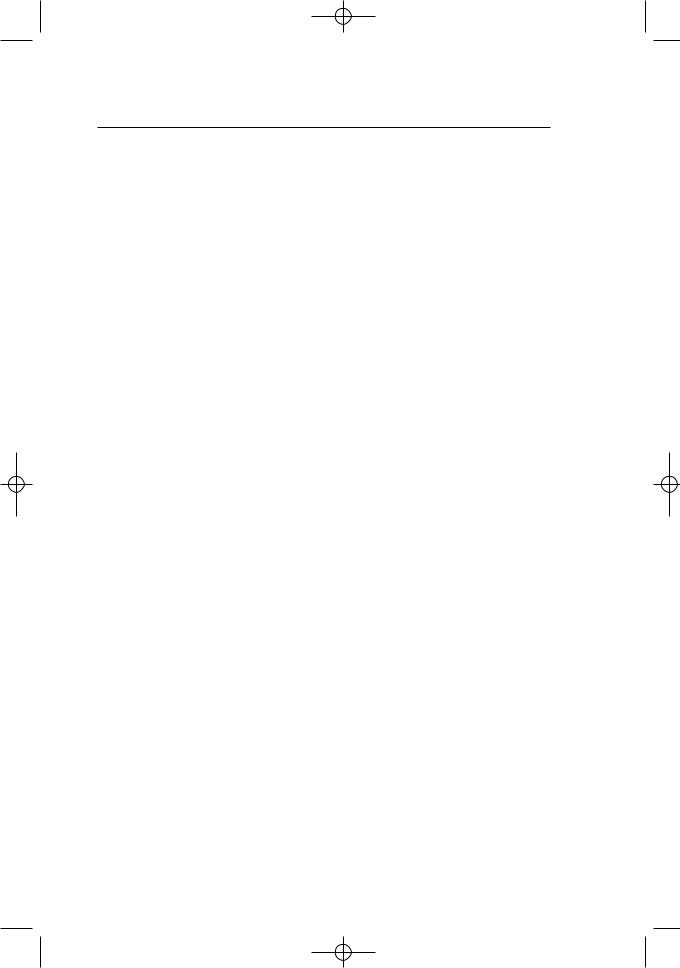
pril_A_B.qxd 11.10.06 12:19 Page 172
Приложение Б. Библиография, журналы и ресурсы WWW
Conference on Distance Education in Russia. 2-5 July 1996. Online at: http://www.knight-moore.com/html/leapfrog.html.
Kuchinke, P.K., Aragon, S.R., and Bartlett, K. (2001). On-line Instructional Delivery: Lessons from the Instructor’s Perspective. Performance Improvement, Vol. 4, No. 1, p. 19-27.
Lampel, J. and Mintzberg, H. (1996). Customizing Customization. Sloan Management Review. 38 (1), p. 21-31.
Lewis, R. (1997). Open Learning in Higher Education. Open Learning.
Lockwood, F. (1993). Open and Distance Learning Today. London: Routledge.
Mason, R. (1998). Globalizing Education: Trends and Applications. London:
Routledge.
Mayer, R.E., Bove, W., Mars, R. and Tapangco, L. (1996). When Less is More: Meaningful Learning from Visual and Verbal Summaries of Science Textbook
Lessons. Journal of Educational Psychology, 88 (1), p. 64-73.
Mills, R. & Trait, A. (1996). Supporting the Learners in Open and Distance Learning. London. Pitman publishing.
Moore, M. G. (1975). Towards a Theory of Independent Learning and Teaching.
Journal of Higher Education, 44, p. 661-679.
Moore, M.G. & Kearsley, G. (1996). Distance Education: A Systems View. Boston. Wadsworth Publishing Company.
Moore, M.G. (1993). Three Types of Interaction. In: Harry, K., John, M. and Keegan, D. (eds.) Distance Education: New Perspectives. London: Routledge.
Morgan C.K. & Tam M. (1999). Unraveling the Complexities of Distance Education Student Attrition, 20 (1), p. 107.
Morgan, C. & O’Reilly, M. (1999). Assessing Open and Distance Learners. London: Kogan Page.
NAMCOL. (1996). CED Concept Document.
Nash, P. (2000). UNISA’s Vision for the Future. Information and Computer Technology Implications. Unpublished consultant report. UNISA: Pretoria.
Nipper, S. (1989). Third Generation Distance Learning and Computer Conferencing In: Mason, R. & al.., Mindweave: Communications, Computers and Distance Education, Pergamon Press, Oxford.
172

pril_A_B.qxd 11.10.06 12:19 Page 173
Приложение Б. Библиография, журналы и ресурсы WWW
Noam, E. (1995). Electronics and the Dim Future of the University. Science, Vol. 270, pp. 247-249, October 13, 1995.
Nyirenda, J.E., Indabawa, S.A., & Avoseh, M.B.M. (1999). Developing Professional Adult Education Programmes in Namibia. University of Namibia: Windhoek.
Olcott D. (1999). Instructional Technologies, Part Two – Strategies for Instructor Success: Selecting and Using Distance Education Technologies. In: Teaching at a Distance: A Handbook for Instructors (p. 31-39). USA: League for Innovations in the Community College. Archipelago Productions.
Online: http://www1.worldbank.org/disted/policy/national/str-02.htm.
Osin, L. (1998). Computers in Education in Developing Countries: Why and How? Education and Technology Series. 3 (1), p. 1-14. Washington D.C. Worldbank.
Paist E.H. (2002). Serving Students with Disabilities in Distance Education Programs. In: L. Foster, B.L. Bowler & L.W. Watson (Eds.). The ASHE Reader (p. 367-372). USA, Pearson Custom Publishing.
Paist, E.H. (1995). Serving Students with Disabilities in Distance Education Programs. In: The American Journal of Distance Education, 9 (1), p. 61-70.
Perez M.M. (2001). The ITESM Virtual University: Towards a Transformation of Higher Education. In: F.T. Tschang & T.D. Senta (Eds.), Issues in Higher Education: Access to Knowledge – New Information Technologies and the Emergence of the Virtual University (p. 337-369). Amsterdam: The United Nations University Institute of Advanced Studies.
Perraton, H. (2000). Open and Distance Learning in Developing World. London.
Routledge.
Perry, W. (1976). The Open University, Milton Keynes: Open University.
Peters, O. (1989). The Iceberg Has Not Melted: Further Reflections on the Concept of Industrialization and Distance Teaching. Open Learning, 11 (1), p. 51-54.
Peters, O. (1998). Learning and Teaching in Distance Education: Analysis and Interpretations from an International Perspective. London: Kogan Page.
Rogers, E. (1995). Diffusion of Innovations 4th ed. New York. Simon & Shuster.
Rowntree, D. (1992). Exploring Open and Distance Learning. Kogan Page.
173
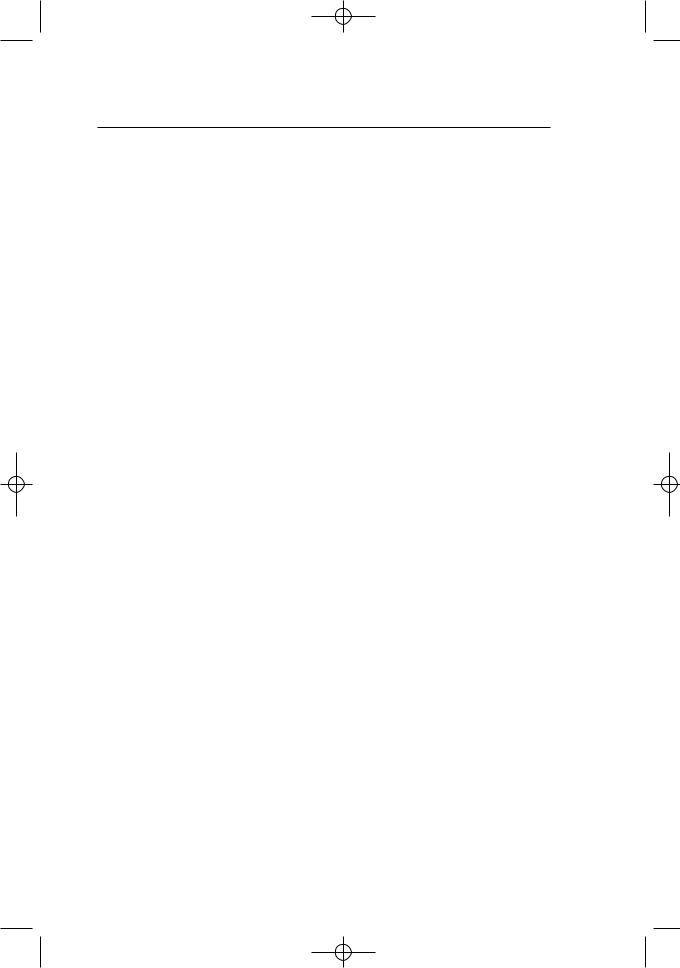
pril_A_B.qxd 11.10.06 12:19 Page 174
Приложение Б. Библиография, журналы и ресурсы WWW
Rumble, G. (1997). The Costs and Economics of Open and Distance Learning. London. Kogan Page.
Rumble, G. (2001). Just How Relevant is E-education to Global Educational Needs? Open Learning. 16 (3), p. 223-232.
Saints, W. (1999). Tertiary Distance Education and Technology in Sub-Saharan Africa. Washington D.C.: Working Group on Higher Education, Association for the Development of Education in Africa, The World Bank.
Sallis, E., & Jones, G. (2002). Knowledge management in education.. London, England: Kogan Page.
Sewart, D. (1993). Student Support Systems in Distance Education. Open Learning, 8 (30), p. 3-12.
Shale, D. & Garrison, D.R. (Eds.). (1990). Education at a Distance: From Issues to Practice. Malabar, FL: Kreiger.
Simonson, M., Smaldino. S., Albright, M., & Zvacek, S. (2000). Teaching and learning at a distance: Foundations of distance education. Upper Saddle, NJ: Prentice-Hall.
Stewart, D., Keegan, D. & Holmberg, B. (Eds.). (1983). Distance Education: International Perspectives. London. Croom Helm.
Tait, A. (2000). Planning Student Support in Open and Distance Learning. Open Learning 15 (3), p. 287-299.
UNESCO (1999). World Communication and Information Report 1999-2000.
Paris: UNESCO Publishing.
UNESCO (2000a). World Education Report 2000. Paris: UNESCO Publishing.
UNESCO (2000b). The Darker Framework for Action. Education for All: Meeting our Collective Commitments. Text adopted by the World Education Forum Dakar, Senegal, 26-28 April, 2000. Online: http://www2.unesco.org/wef/en-leadup/dakfram.shtm.
UNESCO Institute for Information Technologies in Education (IITE). (2000). Analytical Survey. Distance Education for the Information Society: Policies, Pedagogy and Professional Development. Moscow.
Useem, A. (1999). Wiring African universities proves a formidable challenge: How two African universities have moved ahead with information technology. The Chronicle of Higher Education, 45(30), 51-53.
174
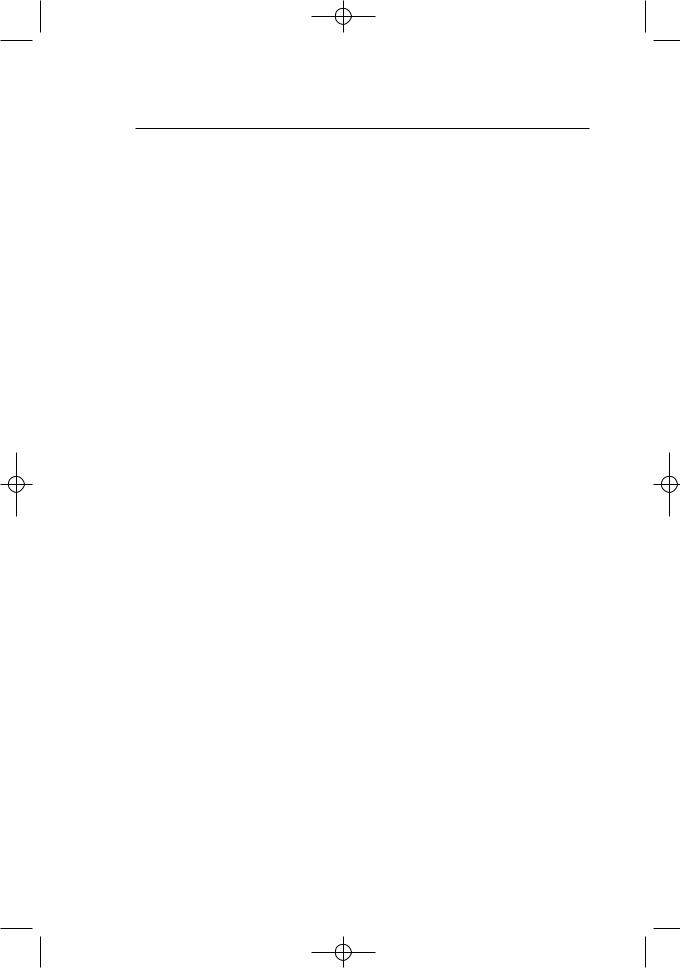
pril_A_B.qxd 11.10.06 12:19 Page 175
Приложение Б. Библиография, журналы и ресурсы WWW
Van der Perre, G. (1999). Educational Innovation and Information Technologies: Revolution or Evolution. In: C. Feyten & J. Nutta (Eds.), Virtual Instruction: Issues and Insights from an International Perspective. Englewood. Libraries Unlimited.
Vincent T. (1995). Information Technology and Disabled Students: Overcoming Barriers to Learning. In F. Lockwood (Ed.). Open and Distance Learning Today (p. 87-97). London: Routledge.
Von Euler, M & Berg, D. (1998). The Use of Electronic Media in Open and Distance Education. Paris: UNESCO.
Wedemeyer, C.A. (1978). Independent Study. In: Knowles, A.S. (Ed.). The International Encyclopedia of Higher Education. San Francisco: Josey-Bass Publishers.
Williams P.E. (2000). Defining Distance Education Roles and Competencies for Higher Education Institutions: A Computer-Mediated Delphi Study. In: Dissertation Abstracts International-A, 61/04. AAT 9969029 ISBN 0-599- 73834-0.
Willis B. (1992). Strategies for Teaching at a Distance. ERIC Digest ED351008.
Available online: http://www.ed.gov/ERIC_Digests/ed351008.html
Willis, B. (1993). Distance Education: A Practical Guide. Englewood Cliffs. NJ. Educational Technology Publications.
World Bank. (2000). Higher Education in Developing Countries. Peril and Promise. Washington D.C.: The World Bank.
Yates, C. (2000) Adult Basic Education at a Distance. Cambridge: International Extension College. Paper prepared for the Knowledge Bank of the Imfundo project. Online: http://www.imfundo.org/Yates/contents.htm.
Yoshida, A. (2001). Distance higher Education and a New Trend of Virtual Universities in Asia. In: F.T. Tschang & T.D. Senta (Eds.). Issues in Higher Education: Access to Knowledge – New Information Technologies and the Emergence of the Virtual University (p. 371-398). Amsterdam: The United Nations University Institute of Advanced Studies.
Yunus, M. (1998). Alleviating Poverty Through Technology. Science. 282 (5388), p. 409-410. Wall Street Journal. (1994). Jan/11.
175
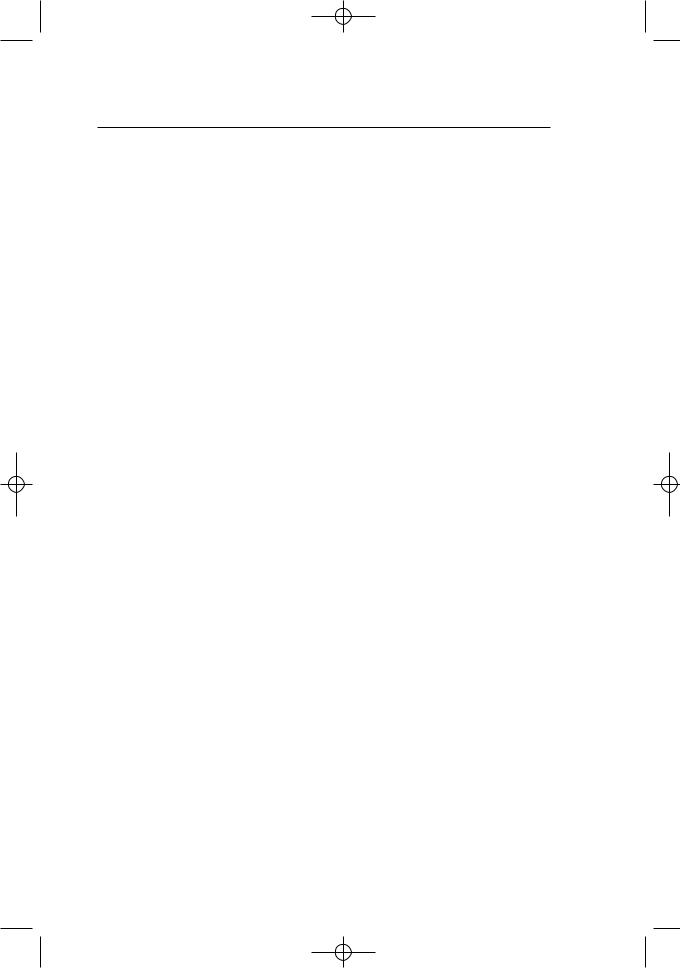
pril_A_B.qxd 11.10.06 12:19 Page 176
Приложение Б. Библиография, журналы и ресурсы WWW
Рекомендуемые журналы
The American Journal of Distance Education.
Distance Education.
The International Review of Open and Distance Learning.
The Journal of Asynchronous Learning Networks.
Journal of Distance Education.
Open Learning.
Примечание. Существует множество других прекрасных изданий, некоторые из которых публикуются в развивающихся странах. Ваш инструктор и/или тьютор сможет предложить вам соответствующее профессиональное издание, распространяемое в вашей стране или в вашем регионе.
Рекомендуемые Web-сайты
1. http://www.TechKnowLogia.org/
Издается “Knowledge Enterprise, Inc.” в сотрудничестве с Организацией Объединенных Наций по вопросам образования, науки и культуры (ЮНЕСКО) и Организацией по экономическому сотрудничеству и развитию (OECD). “TechKnowLogia” – это международный сетевой журнал, обеспечивающий политиков, принимающих решения, лиц, определяющих стратегию, практиков и технологов на локальном, национальном и глобальном уровнях информационными материалами по следующим аспектам:
•анализ роли информационных технологий (печатных, аудио, видео и цифровых) в развитии человеческого и образовательного капитала;
•обмен стратегическими и политическими решениями, опытом и средствами использования технологий для распространения знаний, эффек-
тивного обучения и результативного образовательного сервиса;
•обзор новейших систем и технологической продукции и оценки будущего развития;
•обмен данными об источниках информации, сетевых базах знаний и сертификационных центрах.
2. http://www.firstmonday.org
“First Monday” – один из первых рецензируемых журналов в Интернете, посвященный исключительно Интернету. Сервер журнала находится в Университете штата Иллинойс (Чикаго).
С мая 1996 г. “First Monday”опубликовал 342 статьи по 69 проблемам.
176
